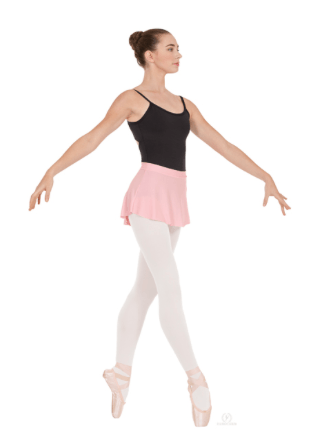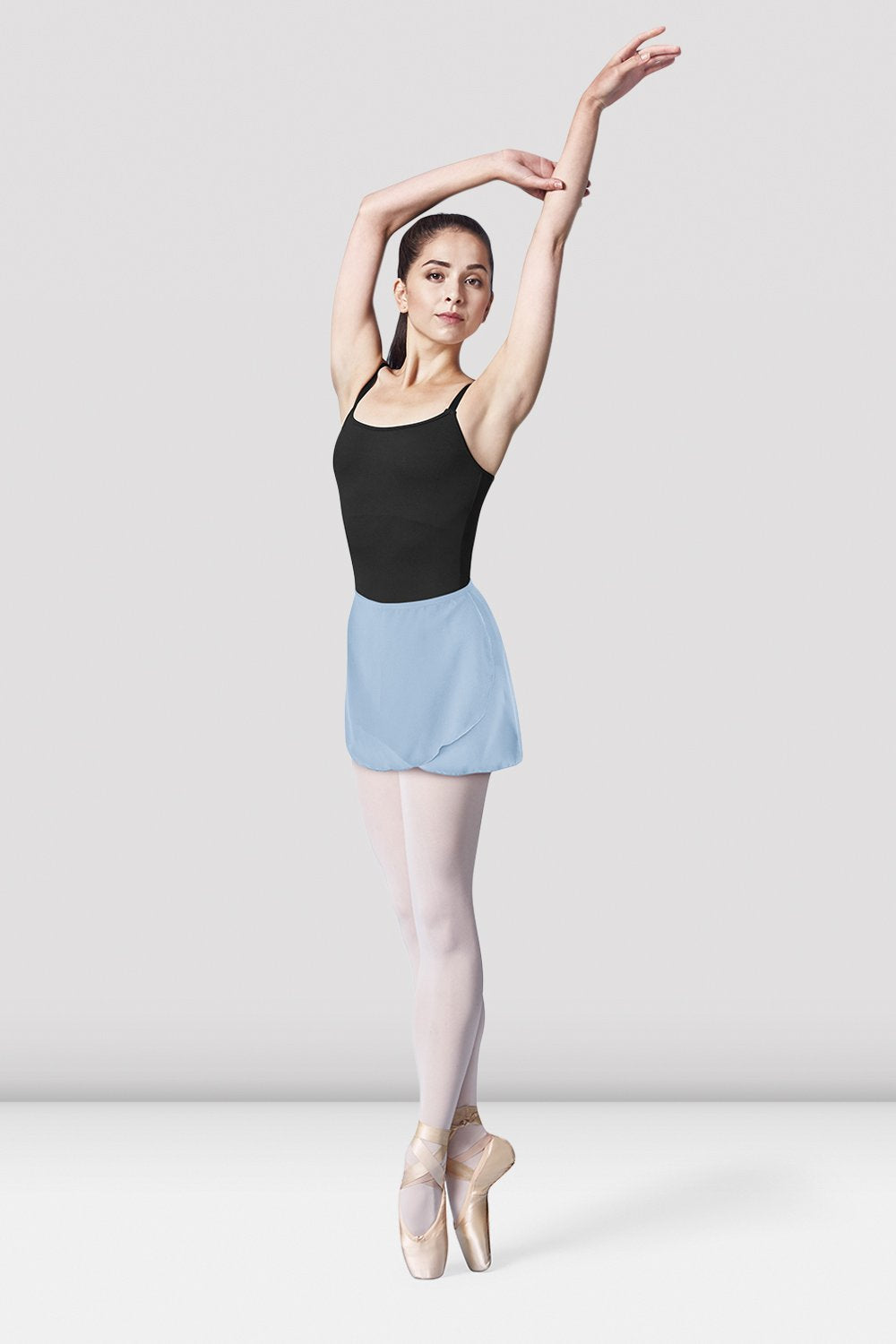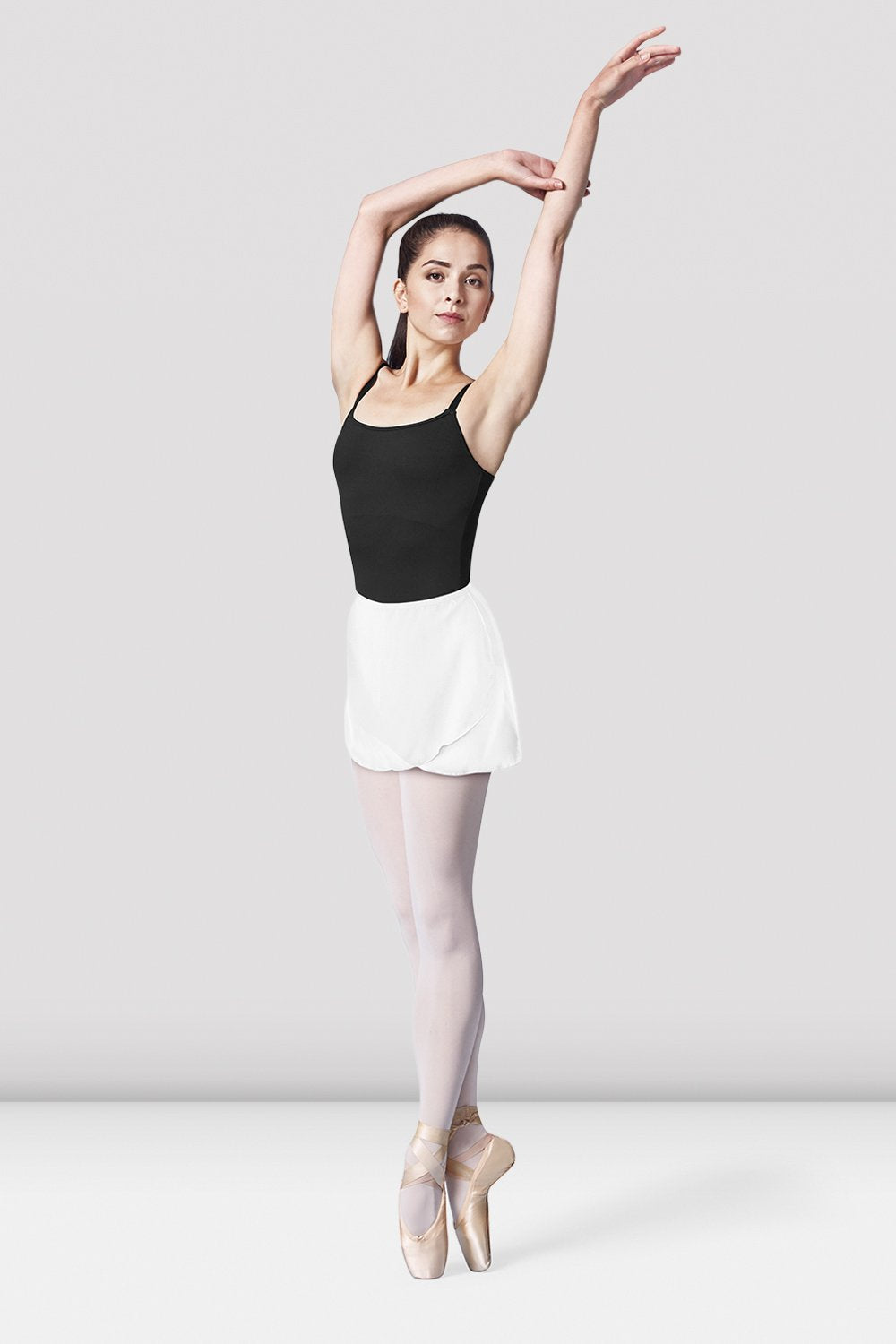How to Style Ballet Skirts for a Chic and Feminine Look
Ballet skirts have transcended their origins in the dance studio to become a versatile fashion staple, offering an effortless blend of elegance and femininity. This transformation isn’t merely a trend; it’s a testament to the garment’s inherent ability to sculpt a silhouette that is both graceful and modern. The key to mastering this look lies not in slavish imitation of a ballerina’s attire, but in understanding the principles of design, fabric, and proportion that make the ballet skirts so compelling. We will explore how to integrate this timeless piece into your everyday wardrobe, creating ensembles that speak to a sophisticated, contemporary aesthetic. From the choice of material to the final accessory, every detail contributes to a narrative of refined style.
The Anatomy of a Ballet Skirt: More Than Just Tulle
To style a ballet skirts effectively, one must first appreciate its construction. Traditionally, a ballet skirt, or ‘tutu’ in its performance context, is designed to highlight the dancer’s movements. According to the Victoria and Albert Museum in London, which houses an extensive collection of performance costumes, the classical tutu evolved in the 19th century to allow audiences a clearer view of the ballerina’s intricate footwork and leg lines. This historical insight reveals the skirt’s foundational purpose: to frame and accentuate the body. In a fashion context, this translates to a piece that draws attention to the waist and hips while creating a fluid, dynamic shape as you move. Modern interpretations for streetwear often use softer, more pliable materials than the stiff tulle of the stage. Fabrics like chiffon, georgette, and soft mesh mimic the ethereal quality of a performance skirt while offering greater comfort and drape. The scientific principle of ‘drape’—how a fabric falls under its own weight—is crucial here. A fabric with a soft drape, like chiffon, will create a gentler, more romantic silhouette, ideal for a soft, feminine look. Conversely, a stiffer tulle will produce more volume, echoing the dramatic presence of the stage. Understanding this allows you to select a skirt that aligns with your desired impact, whether it’s a whisper of elegance or a statement of structured volume.

Integrating Ballet Skirts into Your Everyday Wardrobe
The true magic of the ballet skirts lies in its chameleon-like ability to adapt to various settings. The common misconception is that it is a costume piece, but when paired with modern elements, it becomes the epitome of chic. Let’s build this look from the foundation upwards. Start with a fitted top. This is non-negotiable. The volume of the skirt demands a streamlined upper body to maintain balance. A simple black turtleneck, a fitted cotton t-shirt, or a sleek bodysuit creates a clean canvas. This approach follows the fashion principle of ‘volume balancing,’ where one part of the outfit is voluminous while another remains fitted to create a harmonious silhouette. Next, consider the footwear. While ballet flats are an obvious and beautiful choice, do not be afraid to juxtapose the skirt’s femininity with edgier elements. A pair of clean white sneakers can ground the outfit, making it casual and contemporary. For evening wear, slender heels or even ankle boots can add a modern, sophisticated edge. The final layer is outerwear. A tailored blazer or a structured leather jacket thrown over the shoulders can transform the look from purely romantic to powerfully chic. This method of styling—mixing soft, traditional elements with hard, modern ones—is a technique often cited by stylists on platforms like YouTube, who demonstrate how to break fashion rules to create personal style. It’s about creating a dialogue between different aesthetics, where the ballet skirts is the central, unifying piece of softness and grace.

Color Psychology and Fabric Choices for Maximum Impact
Color is not merely a visual detail; it is a communicator of mood and intention. When selecting a ballet skirts, the color you choose can define the entire character of your outfit. Classic black or white offers unparalleled versatility. A black skirt can be profoundly chic and minimalist, while a white one evokes purity and timeless romance, reminiscent of the iconic looks from films like Black Swan, where the costume design used color to symbolize duality. Pastel shades like blush pink, powder blue, or lavender directly channel a soft, feminine energy. The psychology behind this, as explored on resources like Baidu Baike, links pastels to calmness, nurturing, and gentleness—qualities inherently associated with traditional femininity. For a more daring statement, a deep burgundy or a rich emerald green can be astonishingly elegant, adding a layer of depth and maturity to the look. The fabric choice works in tandem with color. A matte chiffon will absorb light, giving a soft, muted effect, while a satin-finish tulle will reflect light, adding a luminous quality. For those seeking a more avant-garde approach, exploring textures like velvet or embroidered nets can elevate the ballet skirts from a simple garment to a piece of wearable art. This knowledge empowers you to make intentional choices, using color and texture as tools to craft a specific narrative and emotional response with your attire.

Accessorizing the Feminine Silhouette
Accessories are the punctuation marks of an outfit; they define its tone and complete its message. With a ballet skirt as your centerpiece, the goal of accessorizing is to enhance, not overwhelm. Delicate jewelry is your strongest ally. A simple gold or silver chain necklace, small stud earrings, or a fine bracelet echo the refined elegance of the skirt itself. As the renowned fashion designer Coco Chanel once advised,
“Before you leave the house, look in the mirror and take one thing off.”
This philosophy of edited elegance is perfectly suited to styling a voluminous piece like a ballet skirt. A delicate chain belt worn over the waistband of the skirt can further define your waist and add a touch of metallic shine. When it comes to bags, opt for structured mini-bags or sleek clutches. A large, slouchy tote can disrupt the delicate balance of the ensemble. Hair and makeup should follow the same principle of understated sophistication. A low, sleek bun—the quintessential ballerina hairstyle—is not only authentic but also incredibly chic. Alternatively, soft, loose waves can maintain the romantic feel. For makeup, a focus on glowing skin, a hint of blush, and a classic red lip creates a look that is both feminine and powerful. This holistic approach to styling ensures that every element, from your jewelry to your hairstyle, works in concert to support the graceful statement made by the ballet skirt.

Embracing the ballet skirt is an invitation to infuse your daily life with a touch of theatrical grace and disciplined beauty. It is a garment that teaches us about balance, proportion, and the power of subtlety. By moving beyond its traditional context and fearlessly pairing it with the building blocks of a modern wardrobe, you claim it as your own. The result is a personal style that is uniquely yours—unapologetically feminine, intelligently constructed, and endlessly chic. Let your movement through the world be as fluid and expressive as the skirt itself.






